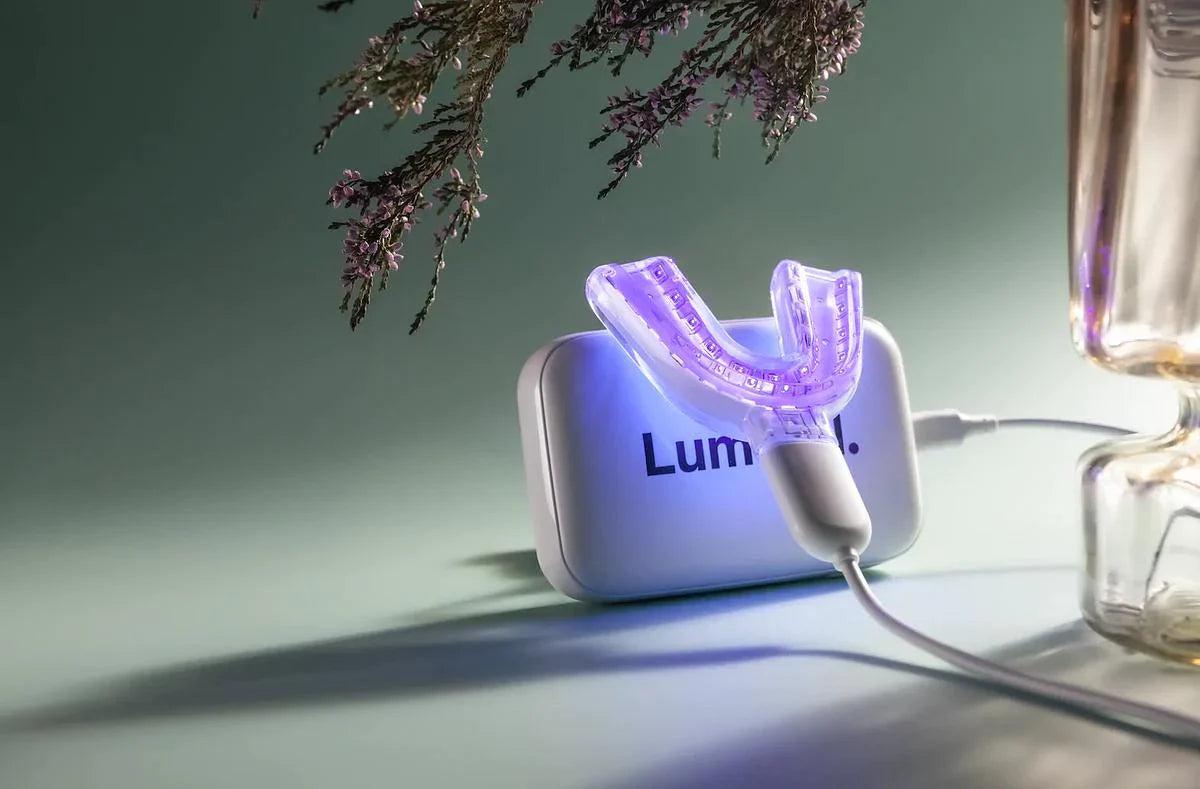Chemotherapy is vital for cancer patients, but its side effects can be severe. One of the most painful complications is oral mucositis, an inflammation of the mouth's mucous membranes that can hinder eating, drinking, and even speaking. Nearly every patient undergoing combination therapy for head and neck cancer experiences this condition.
Current treatments for oral mucositis—such as antibacterial mouth rinses, pain relief medications, and laser therapies—offer some relief but are not always sufficient. Researchers are continually seeking new solutions, and recent studies highlight photodynamic therapy (PDT) as a promising alternative. These findings of the study were recently published in the Photodiagnosis and Photodynamic Therapy journal. (1)
What Is Photodynamic Therapy?
Photodynamic therapy (PDT), the foundation of the antibacterial Lumoral oral care method developed by Finnish scientists (1), combines light energy with a photosensitizing molecule to create an effective antibacterial treatment. When the light-activated therapy is applied to infected areas, it destroys harmful bacteria that exacerbate oral ulcers, alleviates pain, and promotes tissue healing and faster recovery. (1, 2, 3)
A four-year study, launched in 2000, demonstrates that PDT can effectively manage oral mucositis. The therapy is painless, non-invasive, and safe, making it suitable also for cancer patients undergoing multiple treatments (1).
Research shows that PDT significantly reduces the severity of oral infections and accelerates healing. Patients experience improved functionality, enabling them to eat and speak with less pain. The treatment has also been found to have minimal side effects, enhancing its appeal.
A Synergistic Approach: PDT and PBMT
Researchers suggest that antibacterial PDT is particularly effective when combined with photobiomodulation therapy (PBMT). PBMT uses low-energy light, such as lasers or LEDs, to promote tissue healing, reduce pain, and decrease inflammation. PBMT works by allowing light to penetrate cellular structures, particularly mitochondria, which energize tissue repair processes. Studies indicate that this improves blood circulation, stimulates cellular repair mechanisms, and accelerates recovery. In addition to oral health applications, PBMT is widely used to treat various health issues, including muscle injuries and joint pain.
Why Addressing Oral Mucositis Is Crucial
Oral mucositis impacts more than just comfort; it can disrupt cancer treatments, increase infection risks, and lead to longer hospital stays and higher healthcare costs. PDT offers a way to alleviate these symptoms, enhancing patient well-being during therapy.
“Photodynamic therapy holds significant potential for managing chemotherapy-induced oral mucositis. By reducing pain, speeding up recovery, and improving quality of life, PDT could help cancer patients focus on their recovery without debilitating side effects. Ongoing research aims to make PDT a widely adopted solution,” says Timo Sorsa, professor at the department of oral and maxillofacial diseases at the University of Helsinki and Sweden’s Karolinska Institutet.
Lumoral: A Light-Activated Treatment for Oral Health
PDT has been used in dental clinics to treat periodontal infections by targeting and destroying pathogenic bacteria. It can also be applied in root canal treatments to eliminate bacteria within the root canal system. PDT is also used in medicine to detect cancerous changes in oral lesions, treat early and advanced oral cancers, and target bacterial and fungal infections.
“The most promising aspect of the method is the absence of developing bacterial resistance. This is based on a physical phenomenon. So far, no resistance has been detected in large-scale studies," Dr. Pätilä says.
The Lumoral treatment is an innovative solution that allows light-activated therapy to be performed at home, complementing traditional oral hygiene methods such as brushing and flossing. This method combines an antibacterial mouth rinse with a targeted light-activated antibacterial therapy. Together, they work to reduce the buildup of harmful plaque bacteria in the mouth, helping to lower the risk of oral infections such as periodontitis. Lumoral is used in some European and Asian countries but is not yet available in the US.
To combat residual plaque invisible to the naked eye and enhance the effectiveness of mechanical oral hygiene, Finnish researchers developed Lumoral, a light-activated antibacterial oral hygiene method. Lumoral reduces the bacterial load in the mouth, slows plaque formation, and promotes oral health.
The antibacterial efficacy of Lumoral is based on its light-activated Lumorinse mouthwash, which targets residual plaque with microscopic precision while preserving the mouth's healthy bacterial balance.
References:
Joseph B, Mauramo M, Vijayakumary BK, Waltimo T, Anil S, Sorsa T. Photodynamic therapy for oral mucositis in cancer patients: A systematic review and meta-analysis. Photodiagnosis Photodyn Ther. 2024 Dec;50:104424. doi: 10.1016/j.pdpdt.2024.104424. Epub 2024 Nov 28. PMID: 39615560.
Pakarinen S, Saarela RKT, Välimaa H, Heikkinen AM, Kankuri E, Noponen M, Alapulli H, Tervahartiala T, Räisänen IT, Sorsa T, Pätilä T. Home-Applied Dual-Light Photodynamic Therapy in the Treatment of Stable Chronic Periodontitis (HOPE-CP)-Three-Month Interim Results. Dent J (Basel). 2022 Nov 2;10(11):206. doi: 10.3390/dj10110206. PMID: 36354651; PMCID: PMC9689653.
Bahrami R, Pourhajibagher M, Nikparto N, Bahador A. The impact of antimicrobial photodynamic therapy on pain and oral health-related quality of life: A literature review. J Dent Sci. 2024 Oct;19(4):1924-1933. doi: 10.1016/j.jds.2024.06.022. Epub 2024 Jul 17. PMID: 39347022; PMCID: PMC11437269.
Pulito, C., Cristaudo, A., Porta, C.L. et al. Oral mucositis: the hidden side of cancer therapy. J Exp Clin Cancer Res 39, 210 (2020). https://doi.org/10.1186/s13046-020-01715-7



Leave a comment
This site is protected by hCaptcha and the hCaptcha Privacy Policy and Terms of Service apply.